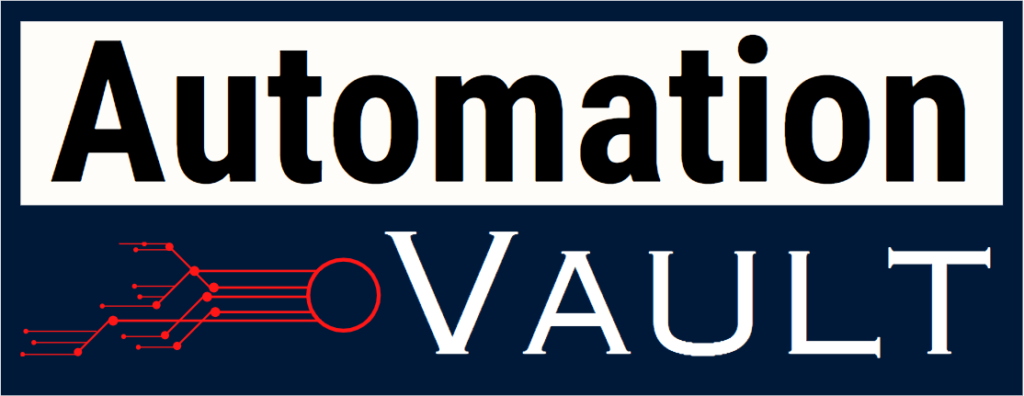In the rapidly evolving landscape of business automation, launching a Robotic Process Automation (RPA) Managed Services business can be a lucrative venture. This step-by-step guide will walk you through the strategic process of setting up your RPA service offerings, ensuring a successful and sustainable business.
1. Market Research: Understanding the Landscape
Before diving into the world of RPA, conduct thorough market research.
- Identify target industries with a high potential for RPA adoption.
- Analyze competitors to understand their service offerings and market positioning.
- Identify the challenges businesses face in adopting and managing RPA, providing insights for your service solutions.
2. Skill Assessment: Building the Right Team
Assess the skills required for successful RPA service delivery:
- Evaluate the expertise needed in RPA tools, process automation, and IT support.
- Assemble a skilled team and consider certifications from RPA tool providers.
- Ensure your team possesses the necessary technical and interpersonal skills for client interaction.
3. Choose RPA Tools: Selecting the Right Technology
Choosing the right RPA tools is critical for success.
- Explore popular tools like UiPath, Automation Anywhere, or Blue Prism based on your target market.
- Align your tool selection with the specific requirements and preferences of your clients.
4. Define Service Offerings: Crafting Comprehensive Solutions
Clearly define the range of RPA services you will provide.
- Outline services such as implementation, maintenance, support, and optimization.
- Consider offering training services to empower client teams, ensuring self-sufficiency.
5. Develop Pricing Models: Balancing Affordability and Profitability
Create flexible and transparent pricing models.
- Base your pricing on factors like process complexity, the number of bots, or service hours.
- Consider incorporating initial setup fees, licensing costs, and ongoing maintenance charges.
6. Build Partnerships: Collaborate for Success
Forge strategic partnerships to enhance your capabilities.
- Partner with RPA tool vendors for access to resources, support, and training.
- Explore collaborations with other IT service providers for a comprehensive suite of services.
7. Compliance and Security: Ensuring Trust and Integrity
Prioritize data protection and security measures.
- Understand and comply with data protection regulations in the regions where you operate.
- Implement robust security measures to safeguard client data and RPA processes.
8. Create a Marketing Strategy: Establishing Your Presence
Develop a robust marketing strategy to showcase your offerings:
- Build a professional website highlighting your services, expertise, and successful case studies.
- Leverage content marketing, SEO, and social media to reach and engage potential clients.
- Attend industry events and network with businesses interested in automation.
9. Pilot Projects: Demonstrating Your Expertise
Offer pilot projects to showcase the effectiveness of your RPA solutions.
- Gather valuable feedback and testimonials to build credibility.
- Use successful pilot projects as case studies in your marketing efforts.
10. Implement Support System: Ensuring Client Satisfaction
Establish a robust support system for a seamless client experience.
- Set up ticketing systems and help desk services for efficient issue resolution.
- Provide ongoing monitoring and maintenance to ensure the continuous functionality of deployed bots.
11. Continuous Improvement: Staying Ahead of the Curve
Stay abreast of the latest advancements in RPA technology:
- Continuously assess and improve your service offerings based on client feedback.
- Adapt to evolving industry trends and emerging technologies for sustained success.
12. Scale and Diversify: Expanding Your Horizons
Once established, consider expanding your services and exploring new markets.
- Diversify into related fields such as AI and intelligent automation.
- Maintain a customer-centric approach and adapt your offerings to evolving market demands.
Launching an RPA Managed Services business demands a strategic blend of technical proficiency, business acumen, and a relentless focus on client satisfaction. By tailoring these steps to your unique business goals, you can navigate the dynamic landscape of RPA with confidence and success.


Leave a Reply